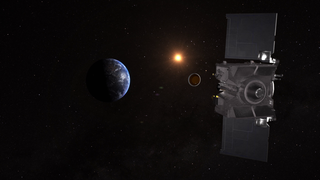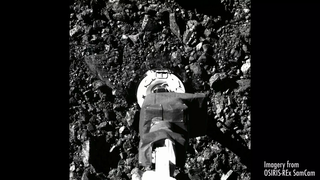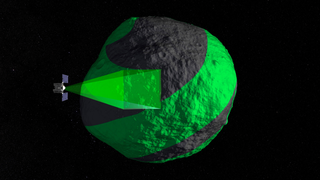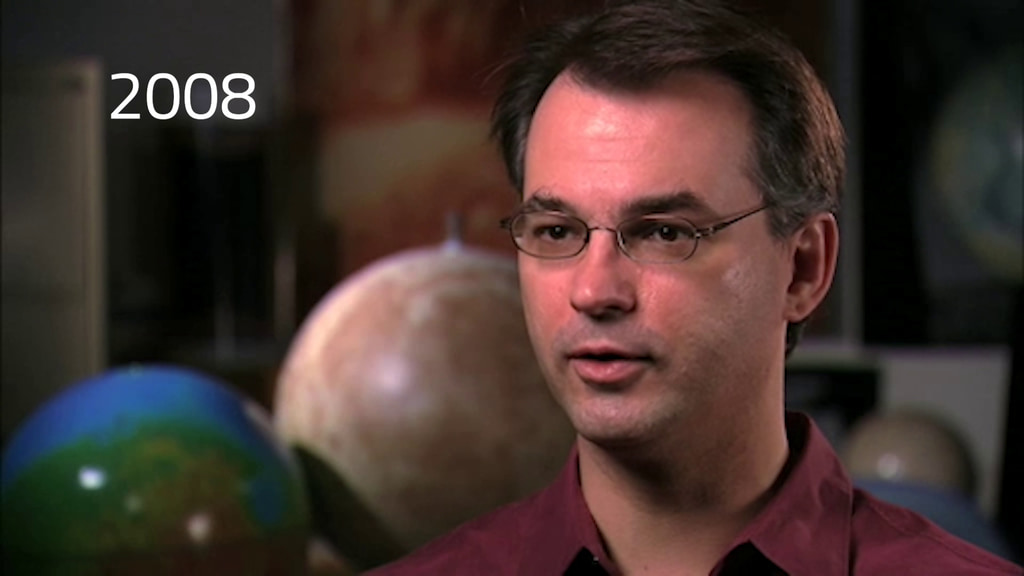OSIRIS-REx Sample Recovery: Field Rehearsal Two
HELICOPTER OPERATIONS REHEARSAL – Wednesday, July 19
00:00 – Recovery Helicopter One touches down at staged landing area.
00:25 – Helicopter safety briefing with pilot and sample recovery team members.
01:43 – Helicopter One begins practice sorties with groups of team members.
03:30 – Practice towing the SRC on a line and returning it to the ground.
05:32 – Team members practice walking in wet and muddy conditions.
OSIRIS-REx is the first U.S. mission to collect a sample from an asteroid. It will deliver a cupful of rocky material from near-Earth asteroid Bennu to Utah’s West Desert on September 24, 2023. Team members from the mission gathered at the Department of Defense Utah Test and Training Range on July 17-19 to rehearse the sample return event. They practiced bagging and moving an engineering model of the sample return capsule from a staged landing area to a clean tent where the sample will undergo initial processing in September. The event was the second of three increasingly realistic rehearsals prior to sample recovery.
View and download STILL IMAGES from field rehearsal two.
FIELD RECOVERY REHEARSAL – Tuesday, July 18
00:00 – Team A practices sample recovery procedures in the expected landing area.
06:32 – Team B practices sample recovery procedures in the expected landing area.
SAMPLE PROCESSING REHEARSAL – Tuesday, July 18
00:00 – The SRC is unwrapped before being wheeled into the clean tent building.
01:49 – Team members rehearse preparations for moving the SRC into the clean tent.
ARRIVAL AND ORIENTATION – Monday, July 17
00:00 – Signage at Dugway Proving Ground and Michael Army Air Field (MAAF).
00:30 – Preview transport of the SRC to the clean tent prior to sample rehearsal.
03:07 – Location scout of the SRC’s expected landing area from Wildcat Mountain.
03:54 – Location scout of the SRC’s expected landing area from Wig Mountain.

Map of Utah's West Desert and the expected landing area for the OSIRIS-REx sample return capsule. The capsule is expected to touch down in restricted airspace, on a vast salt flat stretching from Gold Hill in the west to Wig Mountain in the east.
Credit: NASA/USGS/Landsat 8
For More Information
See NASA.gov
Credits
Please give credit for this item to:
NASA's Goddard Space Flight Center
-
Producers
- Dan Gallagher (KBR Wyle Services, LLC)
- James Tralie (ADNET Systems, Inc.)
- Michael Starobin (KBR Wyle Services, LLC)
-
Videographers
- James Tralie (ADNET Systems, Inc.)
- Dan Gallagher (KBR Wyle Services, LLC)
-
Public affairs officer
- Rani Gran (NASA/GSFC)
-
Principal investigator
- Dante Lauretta (The University of Arizona)
-
Project scientist
- Jason Dworkin (NASA/GSFC)
-
Deputy project manager
- Michael Moreau (NASA/GSFC)
-
Technical support
- John D. Philyaw (Advocates in Manpower Management, Inc.)
- Rob Andreoli (Advocates in Manpower Management, Inc.)
- Paul R. Straub (ADNET Systems, Inc.)
- Aaron E. Lepsch (ADNET Systems, Inc.)
-
Support
- Micheala Sosby (NASA/GSFC)
Release date
This page was originally published on Thursday, July 20, 2023.
This page was last updated on Monday, July 24, 2023 at 2:07 PM EDT.

![Producer James Tralie“Path of a Hero” by Caleb Jordan Swift [ASCAP] via Hyperscore Productions [ASCAP] and Universal Production Music](/vis/a010000/a014400/a014416/1._SOT_SHOW_OPEN_FIN_3_Poster_print.jpg)

![Ride along with OSIRIS-REx during the thrilling finale of its journey to Bennu and back.Complete transcript available.Universal Production Music: “A Sense of Urgency” and “Rise to the Challenge” by Daniel Marantz and Michael James Burns, Raydia Music library [PRS]; “Fragments of Time” by Timothy Robert Shortell, Scores of Hypersonic Music [BMI]Watch this video on the NASA Goddard YouTube channel.](/vis/a010000/a014400/a014406/OSIRIS-REx_Journeys_End_Preview_V3_print.jpg)







![Learn more about how NASA will curate and study samples of asteroid Bennu that were collected by OSIRIS-REx.Complete transcript available.Universal Production Music: “Mirage” and “Manifest” by Ben Niblett and Jonathan David Cotton, Chappell Recorded Music Library Ltd [PRS]; “Lumos” by Ben Niblett and Jonathan David Cotton, Nova Production Music Ltd [PRS]Watch this video on the NASA Goddard YouTube channel.](/vis/a010000/a014400/a014412/14412_OREX_ScienceGoals_Thumbnail.jpg)
